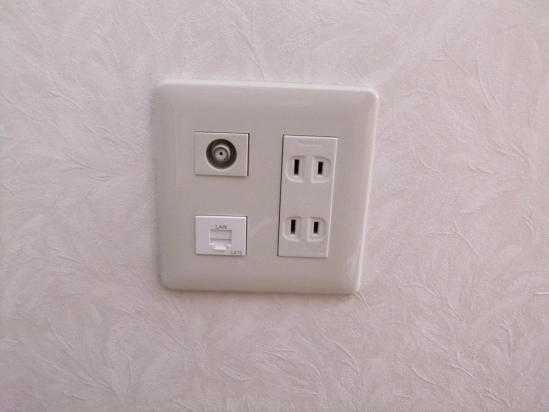

Therefore, the effects of heat treatment types coupled with part thickness and resulting mechanical properties need to be thoroughly investigated. For example, annealing heat treatment provides lower tensile properties compared to the solution heat and aged heat treatment. On the other hand, the tensile properties are also depends on heat treatment types. Therefore, tensile properties are higher for a part with small grains even though both part had same heat treatment types. The thickness of the part affects the grain size of the part during solidification as such the grain sizes are smaller for the small thickness compared to the thick part. The current standard ASTM F2924 of the AM Ti-6Al-4V alloy mechanical properties in all direction requires minimum tensile properties (130 ksi UTS/120 ksi YS/10% Elong) regardless of heat treatment types and part thicknesses. The use of AM titanium alloy replacement of a currently used traditional titanium alloy in the US Army helicopters with a same traditional alloy heat treatment types may not provide an increased utilization of the AM titanium alloy and may cause additional performance risk since heat treatment for AM titanium alloy is not optimized.

In the past few decades, there is an increasing interest to produce metallic AM parts for structural and non-structural applications, as these materials show acceptable performances compared to the traditional materials with shorter lead times, less material usage and near net-shape parts. Recent developments in AM technology and AM Standards offer great potential to implement AM produced part in the US Army. Current applications mainly focus on secondary structures or other non-critical applications. The quantitative process-structure-property relationships will be determined with computational modeling with respect to build orientation.ĭESCRIPTION: Additive Manufacturing (AM) is a new production technology that enables reduced manufacturing steps, part consolidation and production of near net shape parts from 3-D model data. The resulting mechanical properties and microstructures will be compared to the traditional Ti-6Al-4V alloys bars, forgings and castings. These heat treatments are Mill-Anneal (MA), ANNeal (ANN), Solution Treat and Age (STA) and Beta Solution Treat and Overaged (BSOA). Tensile testing, smooth bar high cycle fatigue testing and microstructural analyses are to be performed on Laser Powder Bed Fusion (L-PBF) manufactured near net shape Ti-6Al-4V specimens having four heat treatment types after Hot Isostatic Pressing (HIP). OBJECTIVE: The key objective of this work is to evaluate the mechanical properties and microstructural characteristics of post-process heat treatments of Additively Manufactured (AM) Ti-6Al-4V alloy including process-structure-property relationships.


 0 kommentar(er)
0 kommentar(er)
